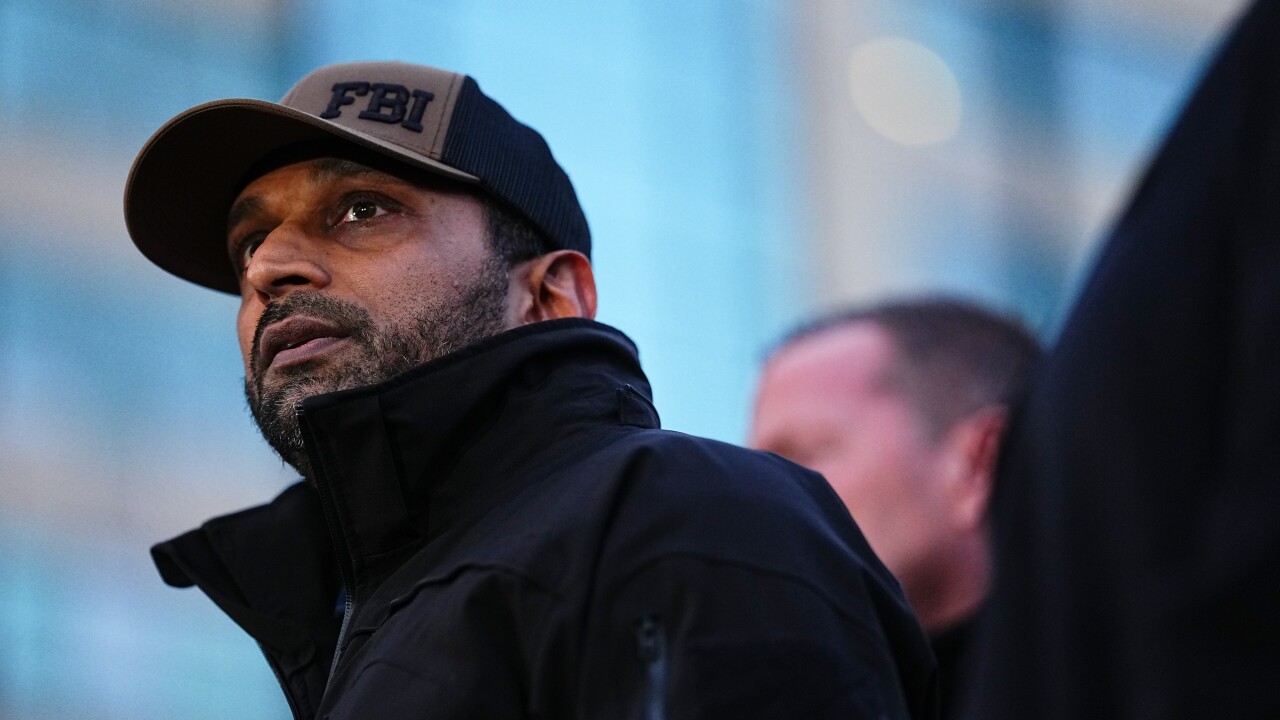KeyBank’s financial wellness app, HelloWallet, has been popular with customers for the way it tracks savings and spending habits and then offers up advice on how users can improve their finances.
Now the Cleveland bank wants to give customers a similar experience in its branches.
The KeyCorp unit, with $145 billion of assets, recently began offering in-person financial wellness reviews as part of a broader effort to make its branches more effective as advice centers.
The goal isn’t necessarily to drive more traffic to the branches, but to make sure that customers get more personalized and relevant advice when they do visit a branch. And while there’s no specific product goal tied to the financial wellness review, the bank does often encourage customers to make a follow-up appointment with another banker to talk about, say, refinancing a mortgage or setting up a savings fund for a child’s education.

“It’s not simply a transactional interaction but a deeper, personalized, advice-based interaction they’re having with our team,” said Dennis Devine, the president of Key’s consumer bank.
The reviews take place entirely inside a branch. Armed with a touch-screen tablet, a banker sits down with a customer and runs through some basics about her financial life: household income, whether she owns or rents, and what kind of interest rates she pays pay on any outstanding loans.
The banker then passes the tablet to the customer to answer some questions about goals and her progress in meeting them, then the financial wellness review will crunch the data and recommend a next step. For example, if the customer owns a home but isn’t hitting savings goals, she might be referred to mortgage banker to discuss refinancing at a lower rate. Or if a customer has a lot of debt spread across multiple credit cards, the review might suggest that she think about consolidating that debt into a personal loan.
A number of other banks are also incorporating financial wellness tools into their retail offerings as a way to deepen relationships with customers.
Huntington Bancshares in Columbus, Ohio, for example,
Financial wellness tools make sense as an engagement strategy for banks, said David Albertazzi, the research director of Aite Group’s retail banking and payments practice. Consumers today are generally interested in lots of data about themselves. Consider the popularity of fitness tracking tools and at-home DNA tests, for example. Banks have troves of consumer financial data in-house that can be an asset if it's used to help consumers improve their financial health, he said.
Key’s financial wellness review was designed by the same team that Key picked up in 2017
Key initially piloted the financial wellness review in a handful of markets in the second half of 2018 before launching it across all of its branches in June. It has about 1,100 branches in 16 states.
One major lesson Key took away from that pilot was the importance of following up, Devine said. That’s why the review often concludes with a recommendation to talk with another banker about a specific next step.
Jon Voorhees, an adviser with Peak Performance Consulting, said Key’s financial review “makes total sense,” but he wondered if the program is sustainable.
“Once you’ve done [a review] once, you’re not going to want to come back and do it every year necessarily,” he said.
That may be true, but banks are always bringing in new customers, many of whom will still want to use a branch at least occasionally, said Dave Martin, the founder of the retail banking consultantcy bankmechanics. Often they’ll drop into a branch seeking advice, so any tool that helps branch bankers have smarter conversations is a good thing, he said.
“The branch of the future is only as good as the banker of the future,” he said. “Nobody visits the branch to see the furniture. They’re not there to read the marketing pieces. People visit branches to interact with a banker.”





